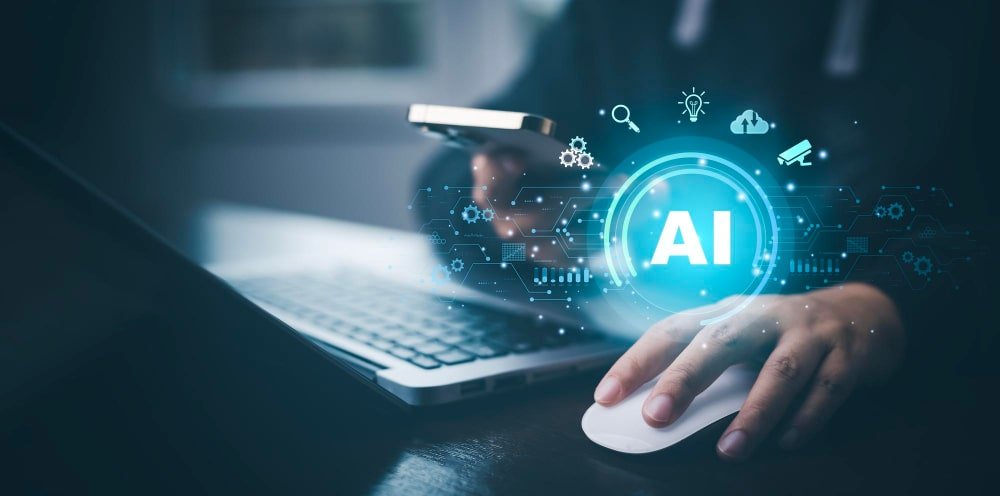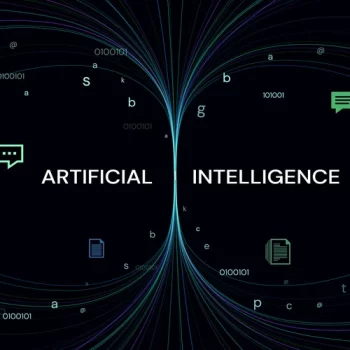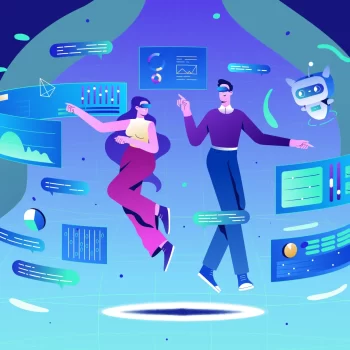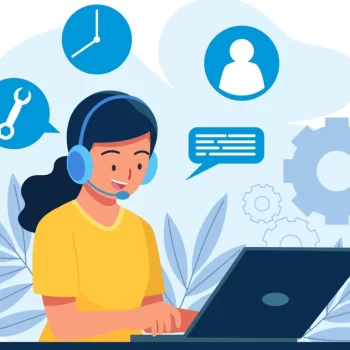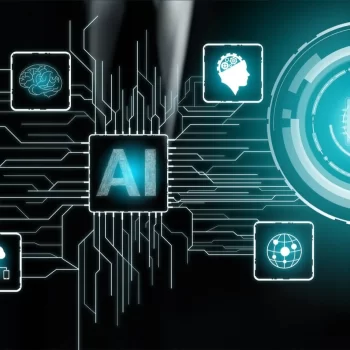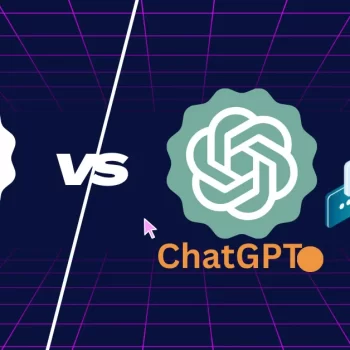Let’s take a nostalgic trip down memory lane of traditional IT helpdesks. It’s reminiscent of waiting in long lines only to be told you’re in the wrong line. Or being serenaded by never-ending loops of elevator music? But, in a world where businesses are now laser-focused on customer success, these methods are antiquated and impractical.
Don’t believe me?
Ask any customer success manager.
Today, when the emphasis on support success has never been greater, the role of customer success teams and managers has evolved. Their primary objective remains consistent: to ensure that customers extract the utmost value from every interaction they have with the business.
However, with great responsibility also comes great power.
In this case – it’s the evolution of generative AI-based helpdesks.
Historically, helpdesks operated on reactive problem-solving models, often leading to latency in response times and a limited scope of issue resolution. These days, with the integration of generative artificial intelligence, helpdesks have transformed into proactive support hubs.
Related blog: Why ITSM needs the human touch in the age of AI
Let’s look at all the major ways this has happened:
Impact of the AI-human dynamic on helpdesks
- 24×7 support with chatbots: As businesses cater to a global clientele, it’s imperative that support is available 24/7. Generative AI-powered chatbots cater to this need, offering tailored responses whether a client is from Tokyo or Toronto. This kind of responsiveness enhances brand trust, a factor every customer professional aims for.
- Instant access to knowledge base articles: Time is of the essence. Customers appreciate immediate, relevant information. Generative AI helps curate and suggest customized content to users in real-time, whether that’s troubleshooting manuals or FAQs. So, it ensures customers receive solutions that resonate with their specific needs.
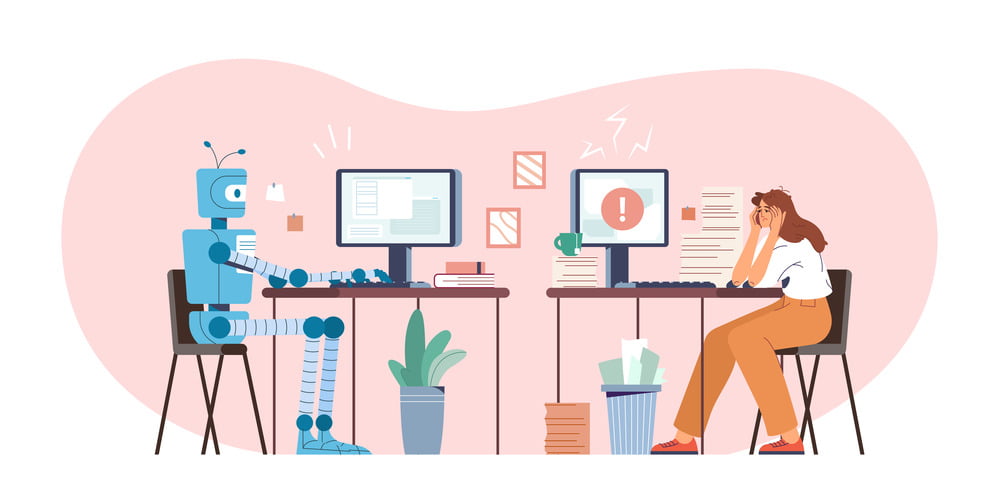
- Sentiment analysis of customer feedback: This is more than understanding what the customer says—it’s about diving into how they feel. With generative AI-human collaboration, customer success teams can perform sentiment analysis to shape outreach strategies. In the end, it results in stronger relationships and timely strategy pivots grounded on emotional feedback.
- Smart ticket routing and categorization: A well-routed ticket can differentiate between a satisfied customer and a lost opportunity. Generative AI ensures that issues are directed to the right department, as well as the precise specialist with the skills for that problem. It translates to faster resolutions and happy customers—a win-win in the playbook of any customer success manager.
- Optimal agent task assignment: Each agent brings a unique skill set to the table. Generative AI recognizes this before dynamically allocating tasks. It discerns agent strengths and specialties, ensuring assignments align with their expertise. It leads to consistently high-quality support, further ensuring customers always see the brand in the best light.
Remember, there’s a learning curve with AI helpdesks
Change, no matter how beneficial, often comes with its own set of challenges. For organizations integrating AI into their helpdesks, the path to execution can have a few bumps:
Inability to adapt to dynamic complexities
A big challenge in integrating generative AI and humans in helpdesks lies in the dynamic nature of problem complexity. While gen AI excels at addressing standard and even some nuanced queries, the ever-adapting landscape of user requirements can sometimes outpace its generation capabilities. For instance, a multifaceted technical issue, or one newly emerging, may not fit neatly within Gen AI’s trained parameters.
Human agents must then intervene, but the transition to human handling can sometimes be less than smooth. This juggling of issues can prolong resolution times, ultimately leading to customer frustration.
Over-reliance and desensitization
There’s a looming danger of human agents becoming overly reliant on these systems. This over-reliance can result in agents becoming desensitized to customer nuances and emotions, believing that the gen AI will catch and address all subtleties. Such a mindset can lead to gaps in service, where the human-centric aspects of a problem might be overlooked.
Investment hurdles
While the surface of generative AI’s benefits has been barely scratched, the initial phase requires considerable investment. It’s not just in financials but also in research, choosing the right platform, and integration. So, you must be focused on showcasing the long-term ROI to stakeholders.
Onboarding challenges
Introducing generative AI could mark a huge shift in day-to-day operations. However, regular training is vital to make sure that technical and non-technical teams are comfortable with the new tools. So, unless you work closely with HR and training departments, adopting modern technologies like gen AI could spell disaster.
Addressing AI misconceptions
One of the biggest fears humans have is whether AI may be taking over their jobs. Hence, clear internal communication emphasizing generative AI as a tool to augment human capabilities rather than replace them will be vital. You must champion this message, demonstrating through real-world scenarios how AI assists rather than displaces.
Related article: AI for Customer Support and Why You Need It
Final thoughts
The influx of generative AI in helpdesk operations is less about supplanting human roles and more about optimizing them. The fact is that the essence of customer service—empathy, understanding, and relationship-building—remains firmly in the human domain. And where the twain shall meet is when helpdesks will truly maximize their potential.
